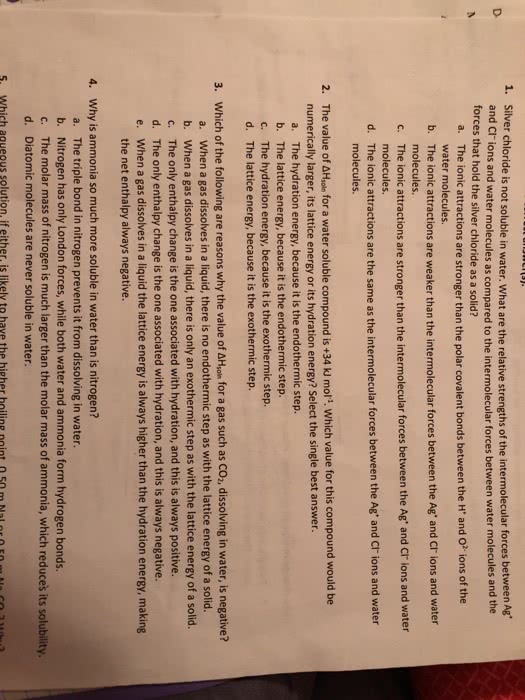CHM 2046 Lecture Notes - Lecture 1: Dipole, Intermolecular Force, Chemical Polarity
Document Summary
9. 5-9. 9 & 10. 2-10. 5: electronegativity, lewis structures, valence shell electron pair repulsion theory (vsper), polar bonds, polar molecules, dipole moment, enthalpy, ionic compounds. New stuff (from ppts: intermolecular forces- attractive forces that exist between molecules and atoms; short range attractive forces operating between the particles in a liquid of solid (not covalent of ionic) 10)intermolecular forces and 6 phase changes- change t, change p or both. Each phase change can be paired with an opposing change. Melting (fusion) is a solid to a liquid (s)->(l) endothermic. Freezing is a liquid to a solid (l)->(s) exothermic. Sublimation is a solid to a gas (s)->(g) Deposition is a gas to a solid (g)-> (s) Vaporization (evaporation) is a liquid to a gas (l)->(g) ^ endothermic ^ requires energy to break im bonds. Condensation is a gas to a liquid (g)->(l) ^ exothermic ^ releases energy to make im bonds. Gases form liquids at low temperatures (t) and high pressures (p)


